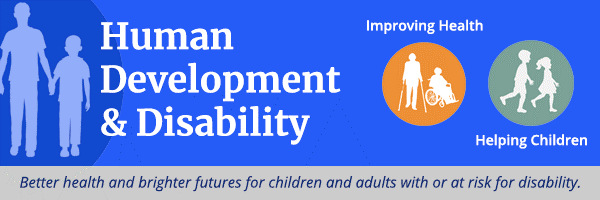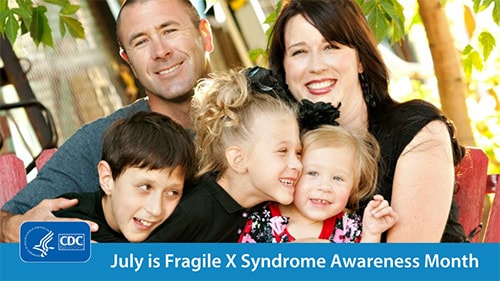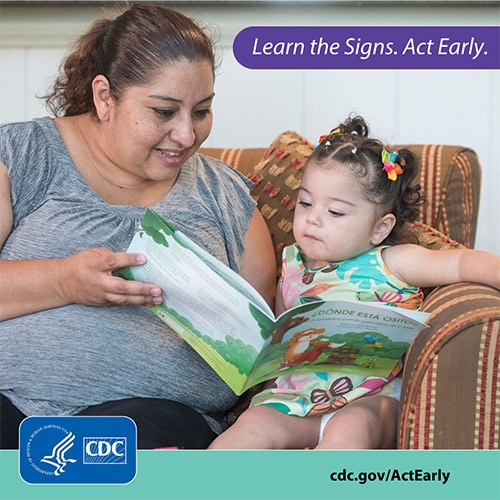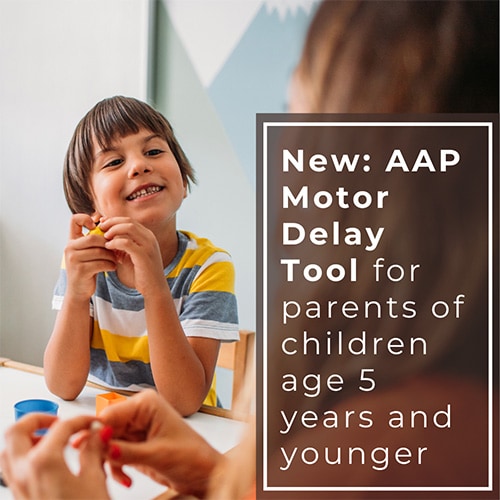DHDD Newsletter – July 2023

A Note from the DHDD Director
Dear DHDD Partners,
July is a special month for our division and for the disability community as a whole. This month, we celebrate the 33rd Anniversary of the Americans with Disability Act (ADA) and Disability Pride Month. These commemorations are a reminder of the importance of equity, inclusion, and accessibility for people with disabilities. People with disabilities are more likely to have depression, obesity, diabetes and heart disease, compared with people without disabilities. With disability a part of every family and community, these long-standing disparities must be addressed.

Working with you as our partner, DHDD helps build the public health infrastructure through data, communications, policy, and practice. Making sure that people with disabilities are represented in our public health data informs strategies to address health disparities, including policy, systems, and environmental changes that support everyone in achieving their optimal health. Providing accessible communications helps ensure that people with disabilities have equitable access to health information. Our division is honored to partner with the community, health care, and other public health organizations to ensure people with disabilities have access to care, services, and community resources and supports. I encourage you to learn more about our work and valued partnerships in a special web feature developed in recognition of the ADA Anniversary.
Recognizing that barriers to equity, inclusion, and accessibility still exist, I am grateful to be a part of the change that is helping to dismantle those barriers. As we celebrate the ADA Anniversary and disability pride this month, I reflect on the leadership and contributions of disability advocates such as Ed Roberts and Judy Heumann. The progress made propels us forward to the work still to be accomplished. Thank you for your dedication and commitment to provide people with disabilities equitable opportunities for health and well-being, today and year-round.
Sincerely,
Karyl
Karyl Rattay, MD, MS, FAAP
DHDD Director
In the Spotlight

Americans with Disabilities Act Anniversary
In honor of the 33rdanniversary of the Americans with Disabilities Act (ADA), DHDD is featuring the critical work we are doing with our partners to improve inclusion for people with disabilities. Our partnerships have helped us advance disability inclusion in public health data, health promotion programs, and emergency preparedness efforts. Learn more about CDC’s commitments to disability inclusion and health equity.
Join us in celebrating the ADA anniversary by sharing and liking our ADA posts on twitter. Follow us @CDC_NCBDDD.
Tools and Resources
Fragile X syndrome – Moving Research FORWARD

Fragile X syndrome (FXS) is a genetic disorder that is one of the most common causes of inherited intellectual disability. FXS is rare—with fewer than 200,000 newly identified cases per year in the United States. There are still many unanswered questions about the effect of the disorder on the daily lives of people with FXS and their families. Additionally, understanding more about the signs and symptoms can help doctors and researchers identify FXS earlier and improve the health and well-being of people with FXS.
FORWARD-MARCH: The Next Step in FXS Research
FORWARD-MARCH is the latest CDC-funded research study designed to learn more about FXS. It builds on an earlier study called FORWARD (Fragile X Online Registry With Accessible Research Database). In 2012, CDC supported the development of FORWARD, resulting in the largest database of information on FXS in the United States. This next study phase, FORWARD-MARCH (Multiple Assessments for Research Characterization), will provide valuable insight into the lives of people with FXS.
To help us learn how to best support children and adolescents with FXS as they age, and their families, FORWARD-MARCH collects more recent information from some of the same people who participated in FORWARD. FORWARD-MARCH is collecting detailed information from families and healthcare professionals on cognition (thinking), behavior, and daily functioning of children and adolescents with FXS. More than 600 children and adolescents with FXS and their families from 22 FXS clinics throughout the United States will be invited to participate in the study.
Publications
Individualized education programs and transition planning for teens with autism
CDC’s Autism and Developmental Disabilities (ADDM) Network has published a new study on individualized education program (IEP) transition planning for adolescents with autism spectrum disorder (ASD) in public schools. The study included three of CDC’s ADDM Network sites (Arkansas, Georgia, and Utah) that followed up in 2018 on 16-year-old adolescents initially identified as having characteristics of ASD in 2010. Students with intellectual disability and non-Hispanic Black students were less likely to receive school-based mental health services compared to their counterparts. Almost all (92%) students had a transition IEP documented by age 16; 41% had a goal related to post-high school living arrangements. It is important that we continue to monitor the gaps and disparities in post-high school transition planning identified in this study.
Learn more about these and other findings among adolescents in the ADDM Network:
Examining factors associated with short sleep duration in children

A blog post published by the Association of State and Territorial Health Officials (ASTHO) describes the positive impacts of a CDC-funded project to embed disability specialists in state health departments, which began during the COVID-19 pandemic. The project concluded earlier this year; however, efforts are ongoing to build jurisdiction-level capacity to plan for and respond to the needs of people with disabilities during emergencies. ASTHO also published an article in the Journal of Public Health Management and Practice discussing how public health agencies can implement disability inclusion strategies to advance health equity. Learn more here.
Autism among children with prenatal Zika exposure – Puerto Rico

Scientists estimated how often autism spectrum disorder (ASD) was diagnosed among children in Puerto Rico who were possibly exposed to Zika before birth and who were reported to the US Zika Pregnancy and Infant Registry (USZPIR) from Puerto Rico. The study found that among 3,122 children reported to USZPIR, 3.5% had an ASD diagnosis. These data cannot answer the question of whether Zika virus exposure before birth increases the risk of autism. However, these data do emphasize that all children can benefit from developmental screenings, including those exposed to Zika before birth. CDC’s “Learn the Signs. Act Early.” program has several resources in English and Spanish to help parents track their child’s development and talk with their child’s doctor about any concerns.
Around CDC
Developmental disabilities in children aged 3–17 years: US, 2019–2021
An NCHS Data Brief provides updated prevalence estimates for diagnosed developmental disabilities in children aged 3–17 years from the 2019–2021 National Health Interview Survey (NHIS)The prevalence of any diagnosed developmental disability in children significantly increased from 2019-2021. Boys were more likely than girls to have been diagnosed with each type of developmental disability. The prevalence of any developmental disability was similar across age groups, but prevalence across age groups varied for the different disabilities.
Arthritis among children and adolescents aged <18 years – US, 2017–2021
CDC releases new estimates for arthritis among children and adolescents. During 2017–2021, an estimated 220,000 children and adolescents had an arthritis diagnosis. Arthritis prevalence was higher among Black children and adolescents, those who lived in households with food insecurity or smoking within the home, and those with parents with lower education; it was also higher among children and adolescents with anxiety, depression, and heart conditions.
Partner News and Announcements

Updated Motor Skill Tool has Launched!
The American Academy of Pediatrics and the Centers for Disease Control and Prevention developed an interactive tool to help parents act early on motor or physical developmental delays. This tool was designed to:
- help parents keep track of their children’s motor skills and progress
- find resources to learn more about motor delay in children
- get tips on how to talk with their pediatricians about motor delays, and more.
To learn more about the updated motor skill tool, click here.

